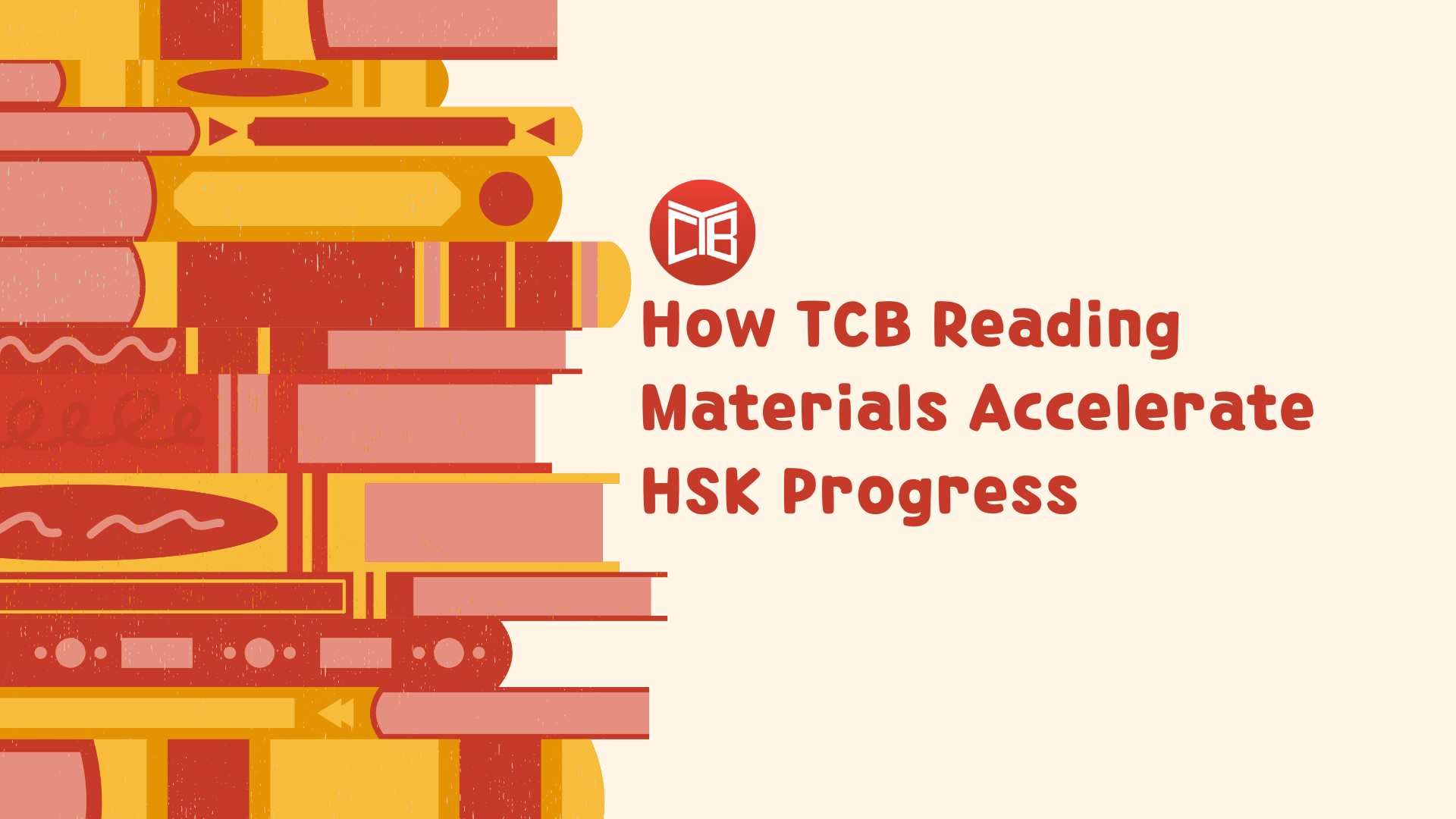Indicating change is one of the purposes of Le in Chinese Grammar.
In our last post, we introduced you to this tricky character and how it’s used to emphasize adjectives. Today, we’ll explain how to use Le for expressing changed situations. This is particularly important in spoken Chinese for making a distinction between the past and the present states. Once you’ve grasped this you’ll have more ways to express yourself. Understanding how Le is used for indicating change will also help with your overall Chinese comprehension.
Indicating Change with Adjectives: Subject + [adjective] + 了
The [adjective] + Le structure is one of the most common ways of indicating change. The adjectives used can relate to emotions or even appearance. Whether you’re reading or listening, the sentence structure is easy to understand. However, if you are not familiar with Le you may have difficulty deciphering the true meaning a sentence. Here is an example:
他 胖 了 – Tā pàng le – He is fat – He is fat now, he wasn’t fat before.
A common mistake to make is to translate the sentence as “he is fat”. Though this is true, the real emphasis is on the fact he has changed. In this instance, Le expresses that he is this way now, but he wasn’t this way before. Here are some other examples of Le indicating change:
我 饿 了 – Wǒ è le – I am hungry – I am hungry now, I wasn’t before.
她累了 – Tā lèile – She is tired – She is tired now, she wasn’t before.
Indicating Change with Verbs: Subj. + Verb Phrase + 了
The [verb] + Le structure is another common way to express a change in the situation. It is important that Le always goes at the end of the sentence or verb phrase. Changing the position of Le changes its usage and overall meaning. For example:
下雨 了 – It is raining – It is raining now, it wasn’t before.
下了雨 – It rained.
When we place Le directly after the verb it is showing completion of an action. This is something that we will explain next time so hold on tight. Remember, when we place Le at the end of the verb phrase/sentence it indicates that the entire situation has changed. Here are more examples :
他会骑自行车了 – Tā huì qí zìxíngchē – he can ride a bike – He can ride now, he couldn’t before.
我不喝酒了 – Wǒ bù hējiǔ le. – I don’t drink alcohol – I drank before, but now I don’t
他当总统了 – Tā dāng zǒngtǒng le – He is the president – He is president now, he wasn’t before
When reading, listening and speaking always pay attention to Le. If you didn’t know that it was being used to express change, you may have been misinterpreting all along! You can also find examples of Le for indicating change through the Chinese Languages news articles on the Chairman’s Bao Platform. If you have any burning Chinese Grammar questions we can answer then on our Quora, we’ll be happy to help!























